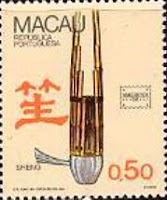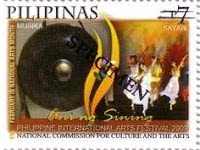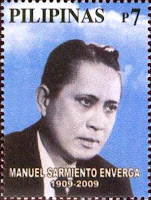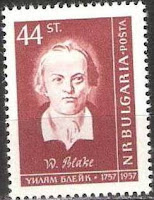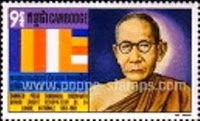Davorin Jenko, Serbian Anthem Composer

Davorin Jenko , Slovenian composer and conductor (November 9, 1835, Dvorje, Slovenia , -November 25, 1914, Ljubljana). After leaving the college in Trieste in 1858 he went to Vienna, where he studied law. In the meantime, with the help of Slovenian writer Valentin Arnica, he founded and headed the Slovenian Singing Society. In 1862, he became the church song leader and music teacher, at the request of Serbian municipalities in Pančevo Tjakaj. After several years of work, he became choirmaster, bandmaster and composer of the Serbian National Theater and the Belgrade singing society, where he worked intermittently until 1897 when he retired and moved to Ljubljana. He studied and wrote compositions in Vienna. He composed the music to the lyrics of Simon Jenko which became the Slovenian anthem, "Next Flag of Glory" (1860), now the official anthem of the Slovenian Armed Forces. During his stay in Belgrade, he wrote for theater and set the foundations of Serbian choral music. ...












